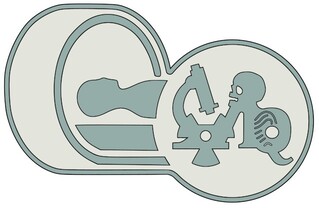The use of robotics in surgery has transformed the medical field in recent years, offering numerous advantages as well as posing a unique set of challenges. Robotic-assisted surgery, also known as minimally invasive surgery, involves the use of a robotic system to perform surgical procedures with precision and dexterity. One of the main advantages of robotic surgery is that it allows for greater precision and control, resulting in more accurate outcomes for patients.
One of the key benefits of robotic surgery is that it reduces the risk of complications during and after surgery. With a robotic system, surgeons are able to perform procedures with greater accuracy and precision, leading to less trauma to the body and reduced risk of infection. This can result in shorter hospital stays, faster recovery times, and less scarring for patients. Additionally, robotic surgery allows for smaller incisions, which can lead to less pain and a quicker return to normal activities.
Another advantage of robotic surgery is that it offers improved visualization for surgeons. The robotic system provides a magnified, high-definition 3D view of the surgical site, allowing the surgeon to see details that may not be visible with the naked eye. This enhances the surgeon’s ability to perform delicate procedures with greater precision.
Furthermore, robotic surgery enables surgeons to perform complex procedures in tight spaces with greater dexterity. The robotic arms can bend and rotate in ways that human hands cannot, allowing for intricate movements that would be difficult or impossible to achieve with traditional surgery. This can be especially beneficial for procedures in areas such as the abdomen, chest, and pelvis.
Despite the numerous advantages of robotic surgery, there are also challenges associated with its use. One of the main challenges is the high cost of robotic systems, which can be prohibitively expensive for some hospitals and medical centers. In addition, there is a learning curve for surgeons and operating room staff who are new to robotic surgery, as they must undergo specialized training to become proficient with the technology.
Another challenge is the potential for technical issues or malfunctions with the robotic system, which can disrupt surgery and pose a risk to patient safety. To mitigate this risk, hospitals must have robust maintenance and quality assurance protocols in place to ensure the proper functioning of the robotic system.
In conclusion, the use of robotics in surgery offers many advantages, including greater precision, less trauma to the body, and improved visualization for surgeons. However, there are also challenges such as high costs, training requirements, and potential technical issues that must be addressed. Overall, robotic surgery has the potential to revolutionize the field of surgery and improve outcomes for patients in the years to come.
——————-
Discover more on liza electrica scari contact us anytime:
MEDEQTECH
https://www.medeqtech.com/
0040727210655
COMUNA DENTA, STR PRINCIPALA NR.823, JUD. TIMIS
Produse si echipamente funerare. Distribuitor autorizat de produse biocide TP22 pentru imbalsamare – tanatopraxie – taxidermie. Reprezentant Hygeco Romania – Hygeco Post Mortem Assistance – Institutul Francez de Tanatopraxie.

